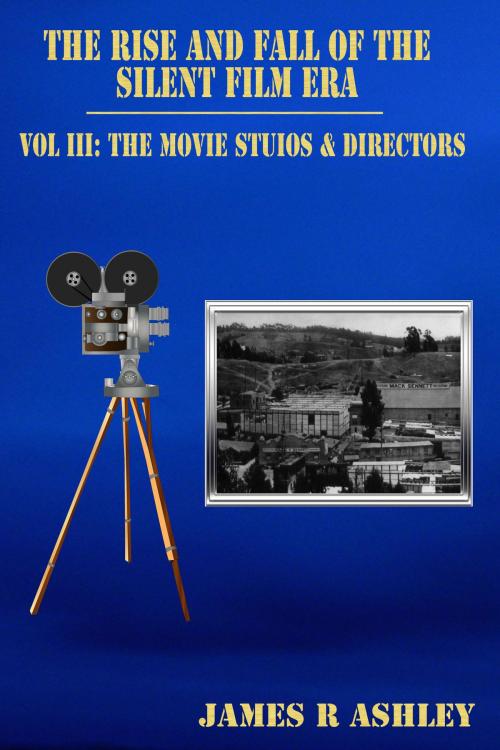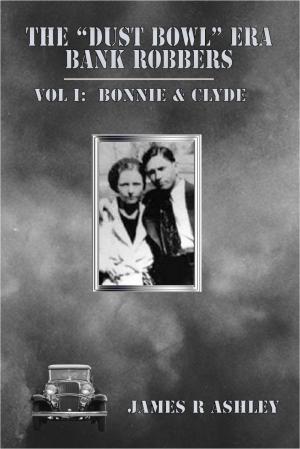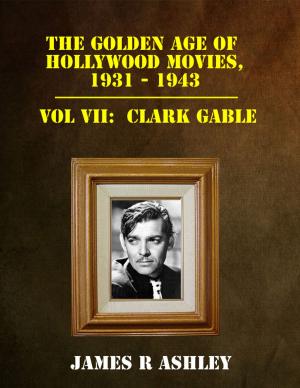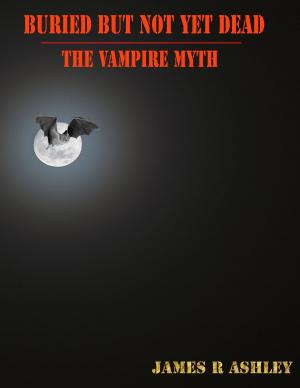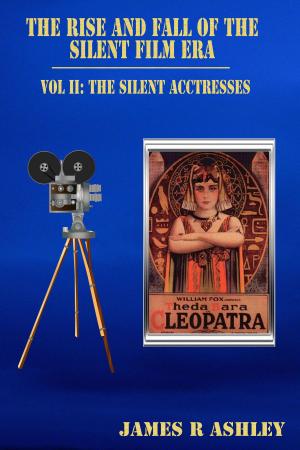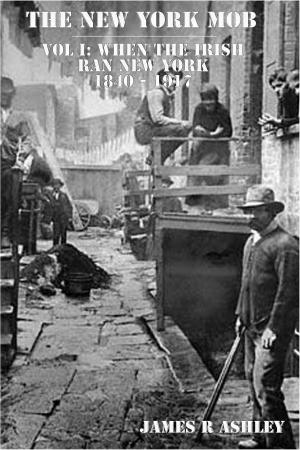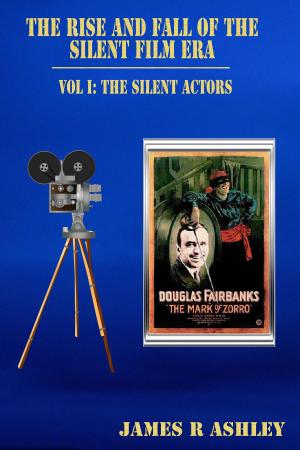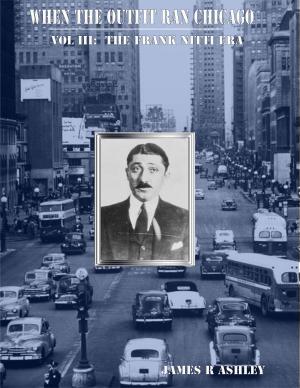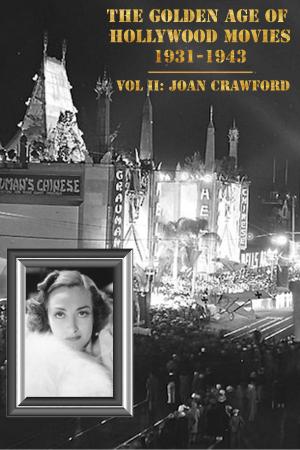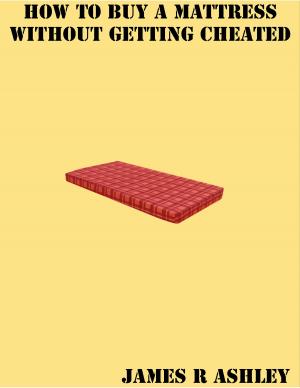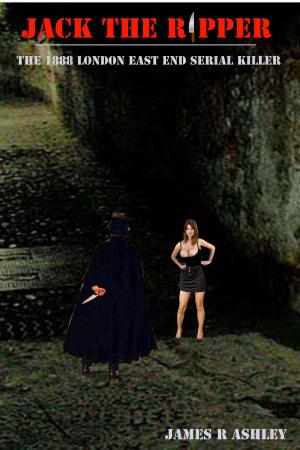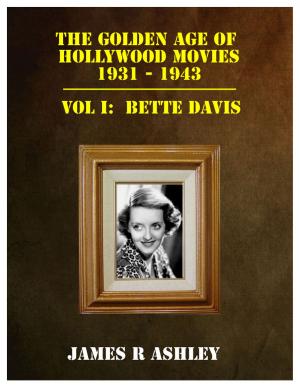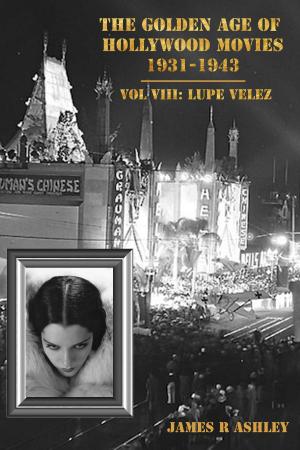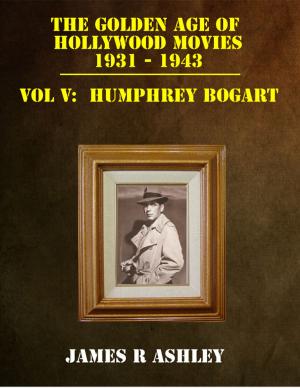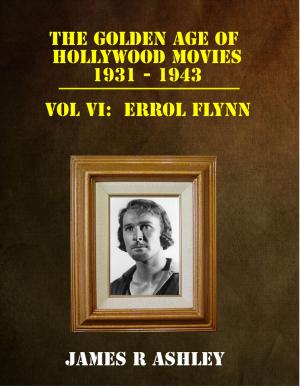| Author: | James R Ashley | ISBN: | 9781301303564 |
| Publisher: | James R Ashley | Publication: | July 22, 2013 |
| Imprint: | Smashwords Edition | Language: | English |
| Author: | James R Ashley |
| ISBN: | 9781301303564 |
| Publisher: | James R Ashley |
| Publication: | July 22, 2013 |
| Imprint: | Smashwords Edition |
| Language: | English |
Movies during the silent era were hugely influential. They were the primary means of how people leaned social etiquette, how to dress, how to act on a date, and even the proper way to kiss. People studied their favorite movie stars intensely and emulated their mannerisms, speech, and demeanor. The women were just coming out of the Victorian Era and into the Jazz Age, and they were looking for guidance in how they should fit into this new age of freedom for them. Men also were groping for how they needed to respond to the new modern woman; in other words, the most effective way of pursuing and “getting” the now sexy women whose allure was now all but irresistible. The movies were never as important to establishing social mores as they were then, as they were the only guidelines people had to the new era that was dawning. And to adding to the excitement was the fact that the newly-arrived movie stars were just making it all up as they went along. It was new and unsullied era rolling along as an irrepressible tide of enthusiasm and experimentation that we will never see the like of again. And it all began with a small peep-box.
By 1930 all the films being produced were “talkies.” This created major problems and expenses for the studios. Most silent stages were unsuitable for making sound films. Every sound around picked up on equipment: a pigeon walking on the glass roof, the rumble of a train passing by, street traffic, footsteps, sneezes, coughs, and rude bodily sounds. Actor’s hair had to even be combed with oil to prevent the crackle of a static electricity discharge. At one point stagehands had to walk around on the set in their stocking feet. The whirring of the gears in the cameras themselves got to be a problem and the cameras had to be placed in insulated boxes big enough to hold both the cameraman and director. The heat of the overhead lighting on the set turned these camera boxes into ovens. On one shoot the camera box’s door accidently opened and spoiled the sound track. For the reshoot the cameraman was locked inside the box. The irony for the new movie sound industry was that the silence once on the film now made its way to the sound stages, which actually had been quite noisy during the silent film era.
The studios spent $24 million upgrading their studios to make sound movies and another $300 million to wire up their theaters (it cost roughly $20,000 to sound-wire a movie theater). Sound stage walls were soundproofed by double patricians 1’ thick with 6” of air space between them. Outside the patricians on either side were 3” walls made of gypsum blocks, which were then covered with heavy draperies. In the theaters it was estimated that 10,000 musicians lost their jobs between 1928 and 1930.
And so with sound the silent film era came to a close. In the excitement of the new movie stars like Clark Gable, Joan Crawford, Sylvia Sidney, Humphrey Bogart, and others, the silent era was quickly relegated to the dustbin of history and quickly forgotten. The legendary beauty of the actresses and handsomeness of the actors quickly faded, as did their names and they were forgotten by all but a few.
Movies during the silent era were hugely influential. They were the primary means of how people leaned social etiquette, how to dress, how to act on a date, and even the proper way to kiss. People studied their favorite movie stars intensely and emulated their mannerisms, speech, and demeanor. The women were just coming out of the Victorian Era and into the Jazz Age, and they were looking for guidance in how they should fit into this new age of freedom for them. Men also were groping for how they needed to respond to the new modern woman; in other words, the most effective way of pursuing and “getting” the now sexy women whose allure was now all but irresistible. The movies were never as important to establishing social mores as they were then, as they were the only guidelines people had to the new era that was dawning. And to adding to the excitement was the fact that the newly-arrived movie stars were just making it all up as they went along. It was new and unsullied era rolling along as an irrepressible tide of enthusiasm and experimentation that we will never see the like of again. And it all began with a small peep-box.
By 1930 all the films being produced were “talkies.” This created major problems and expenses for the studios. Most silent stages were unsuitable for making sound films. Every sound around picked up on equipment: a pigeon walking on the glass roof, the rumble of a train passing by, street traffic, footsteps, sneezes, coughs, and rude bodily sounds. Actor’s hair had to even be combed with oil to prevent the crackle of a static electricity discharge. At one point stagehands had to walk around on the set in their stocking feet. The whirring of the gears in the cameras themselves got to be a problem and the cameras had to be placed in insulated boxes big enough to hold both the cameraman and director. The heat of the overhead lighting on the set turned these camera boxes into ovens. On one shoot the camera box’s door accidently opened and spoiled the sound track. For the reshoot the cameraman was locked inside the box. The irony for the new movie sound industry was that the silence once on the film now made its way to the sound stages, which actually had been quite noisy during the silent film era.
The studios spent $24 million upgrading their studios to make sound movies and another $300 million to wire up their theaters (it cost roughly $20,000 to sound-wire a movie theater). Sound stage walls were soundproofed by double patricians 1’ thick with 6” of air space between them. Outside the patricians on either side were 3” walls made of gypsum blocks, which were then covered with heavy draperies. In the theaters it was estimated that 10,000 musicians lost their jobs between 1928 and 1930.
And so with sound the silent film era came to a close. In the excitement of the new movie stars like Clark Gable, Joan Crawford, Sylvia Sidney, Humphrey Bogart, and others, the silent era was quickly relegated to the dustbin of history and quickly forgotten. The legendary beauty of the actresses and handsomeness of the actors quickly faded, as did their names and they were forgotten by all but a few.
